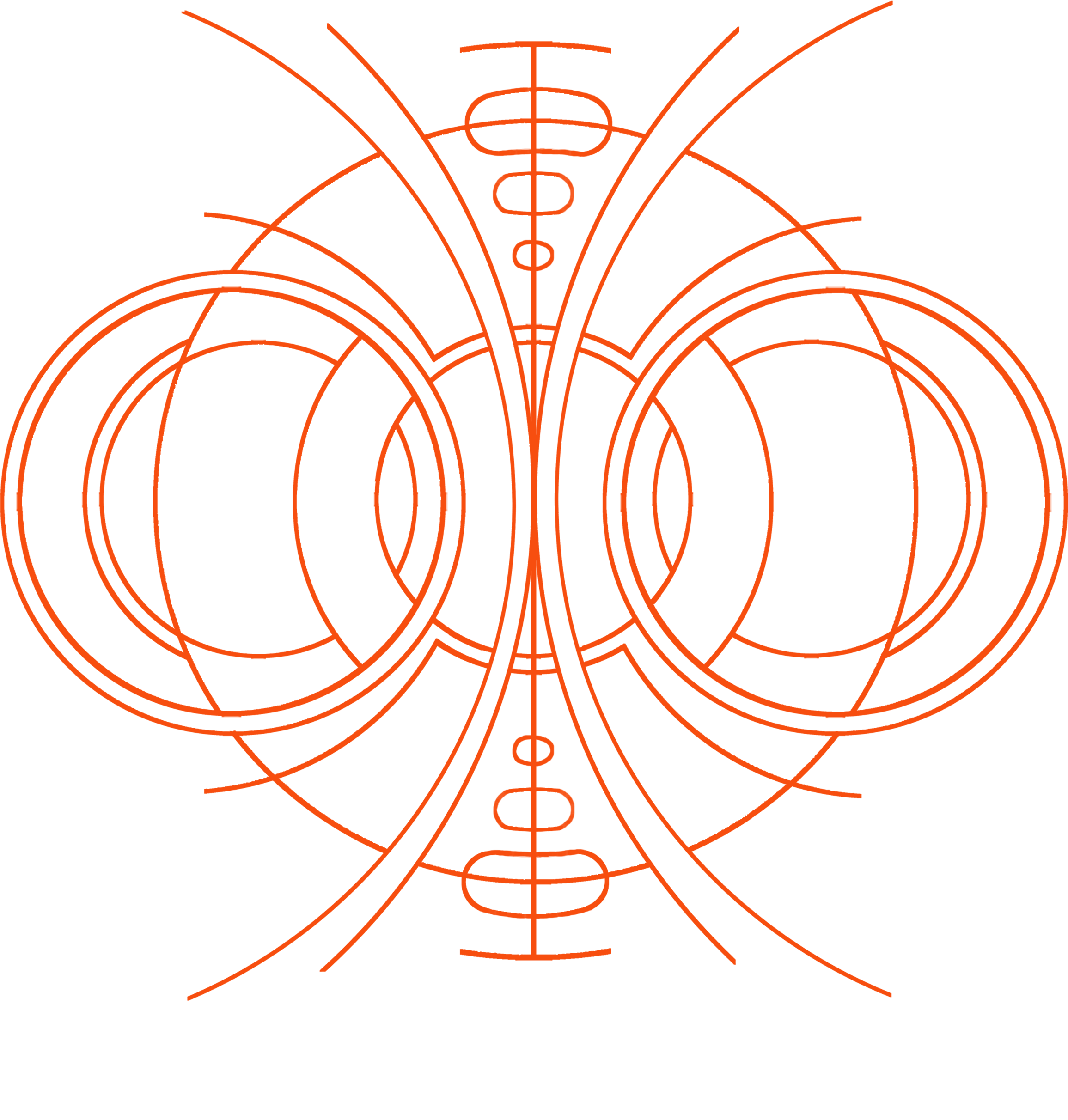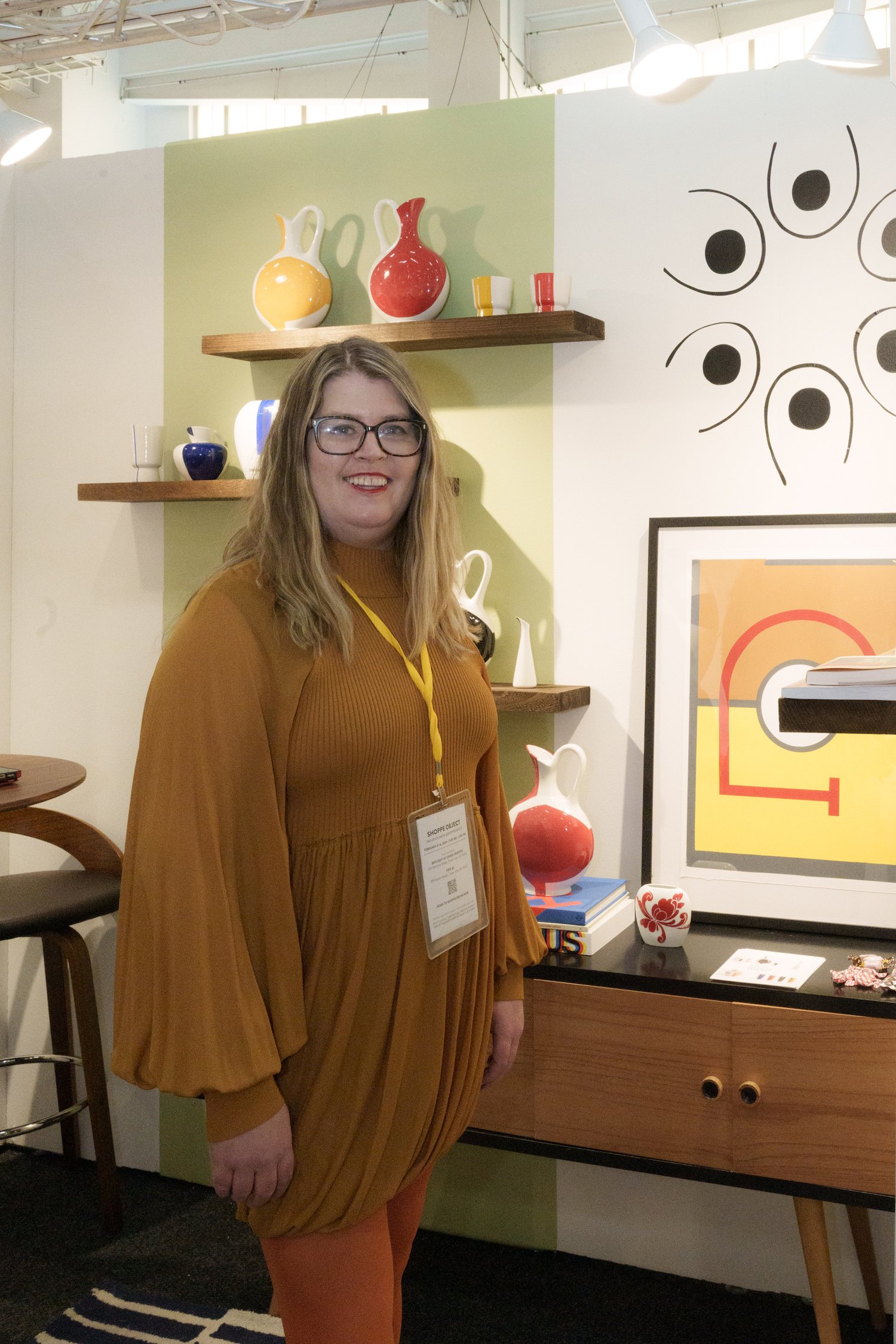NeuroMaps
Welcome to NeuroMaps, the giving arm of Möbius Keramikk.
NeuroMaps Gives 50% of profits to TBI Survivors •
NeuroMaps Gives 50% of profits to TBI Survivors •
Did you know that TBI survivors are a disabled demographic that has no entrepreneurial grant money allocated to it? (at least none we have been able to find)
NeuroMaps sets aside 50% of profits for Traumatic Brain Injury (TBI) advocacy and a TBI Survivor Entrepreneurial Grant. Initially the $500 grant(s) will be privately funded by MÖBIUS KERAMIKK.
As we grow we will partner with The Brain Injury Association of Maryland to allocate the grants.
MÖBIUS KERAMIKK will also put 5% of profits into the advocacy and grant fund. Each year about 2.8 million people have a TBI. Those who survive will live with lifelong side effects. It is an invisible disability that makes traditional forms of employment difficult if not impossible.
The need to find a career that uses her skills, was financially rewarding, and able to adapt to the day to day needs of long term TBI is why Christina Osheim began MÖBIUS KERAMIKK. She wants to make it easier for her survivor community to find the same satisfaction in their own careers and lives.
FEATURES
Baltimore TV
Brain Injury Connector
“…unless our words, concepts, ideas are hooked onto an image, they will go in one ear, sail through the brain, and go out the other ear. Words are processed by our short-term memory where we can only retain about seven bits of information (plus or minus 2) […]. Images, on the other hand, go directly into long-term memory where they are indelibly etched.”
— DR. LYNELL BURMARK
What are Neuromaps?
Christina calls the series of drawings NeuroMaps. These drawings have been a way for her to process her short term memory loss, and solidify certain things into her long-term memory. Sign up for our newsletter to be the first to know when our store launches!
More about Christina’s Story:
-
Living with disability means finding solutions and healthy coping mechanisms that help you to function in the day to day world. I have always been a doodler, but after my injury I began relying on my doodles, often circular mandala-esque forms, to help me retain information I learn during lectures. The part of the brain I lost is located in the left frontal hemisphere, quite possibly the hippocampus, and relates to short term memory.
-
My insurance case was closed about 9 months after the injury. It was after this, while still in college, when I discovered that I could not learn through memorization like I had before. To store memories I need to make them long-term memories that relate to an understanding of the philosophical logic of what I am learning. My geometric drawings became guide maps for what I am hearing. I am in the 99th percentile for visual memory, so these drawings I now call NeuroMaps are tools I use to make up for my brain damage.
-
My injury was in 2003 and I don’t know how the standards of care then compare to what they are today. What I do know is that when I moved to Maryland to relaunch Mobius Keramikk in 2021 I learned that neither my college or workers compensation insurance provided me the resources to understand and live with TBI. I was provided no assistance in getting insurance after I graduated (this was before the ACA when pre-existing conditions excluded you from purchasing health insurance plans on the marketplace). I was also told I was normal because I retained a high IQ and deserved no compensation because the part of my brain I lost didn’t affect anything. I was 20 and naive. I trusted authority and assumed that they had my best interest in mind.
-
So 18 years later when I moved to Maryland and discovered the misinformation I had been given, the fact that I am disabled, and that there is a medical term called long term TBI that explained every single trouble I faced that made my progress as a functional adult be less than my brother, friends, and colleagues. 18 years after the fact I finally made sense. To say I was horrified does not do it justice.
-
I often write about being able to sit between polarities. This was true then. I was so beyond relieved to learn about long term TBI and that I am disabled as it meant I wasn’t broken. I also was so mad that I spent 18 years thinking I was inferior and just not fast enough, capable enough, or equipped to handle life, and that this was an inherent flaw in my own character. At that point in 2021 I vowed to use my voice as an artist and business owner to advocate for Traumatic Brain Injury education and advocacy and share my story. I want to do whatever is in my power to not have another individual with TBI go through life as I did.
-
This is when I first started NeuroMaps, turning my designs into coasters and trivets and even jewelry! What I found with my business is that the challenges of long term TBI as expressed in the jobs I have had and the level of poverty I have lived in make me a bad candidate for business loans and grants. In searching for business grants for disabled, for women, for artists, there were always stipulations that prevented my applications from being considered. I was unable to find any TBI survivor entrepreneurial grants in the host of grants for disabled individuals. It is a sad but honest truth that it takes money to make money. This is why I am donating 50% of proceeds of NeuroMaps.





